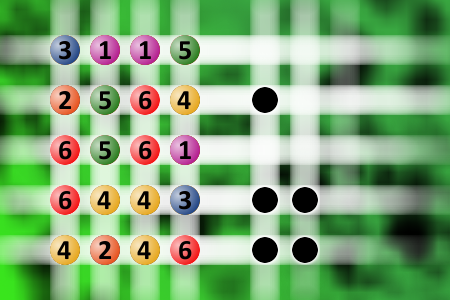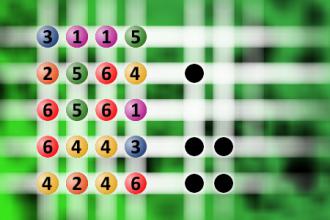Find the right combination
The computer chose a secret code (sequence of 4 digits from 1 to 6). Your goal is to find that code. Black circles indicate the number of hits on the right spot. White circles indicate the number of hits on the wrong spot.Correct answers: 19
The first user who solved this task is Nasrin 24 T.
#brainteasers #mastermind

Catsup
Little Johnny's mother was trying hard to get the catsup to come out of the bottle. During her struggle the phone rang so she asked four-year old Johnny to answer the phone.
Little Johnny ran out into the living room and answered the phone. "Mommy, It's the minister," he said to his mother.
From the kitchen Johnny's mom said, "Tell him I'll call him back."
Little Johnny spoke into the phone saying, "Mommy can't come to the phone to talk to you right now. She's hitting the bottle."

